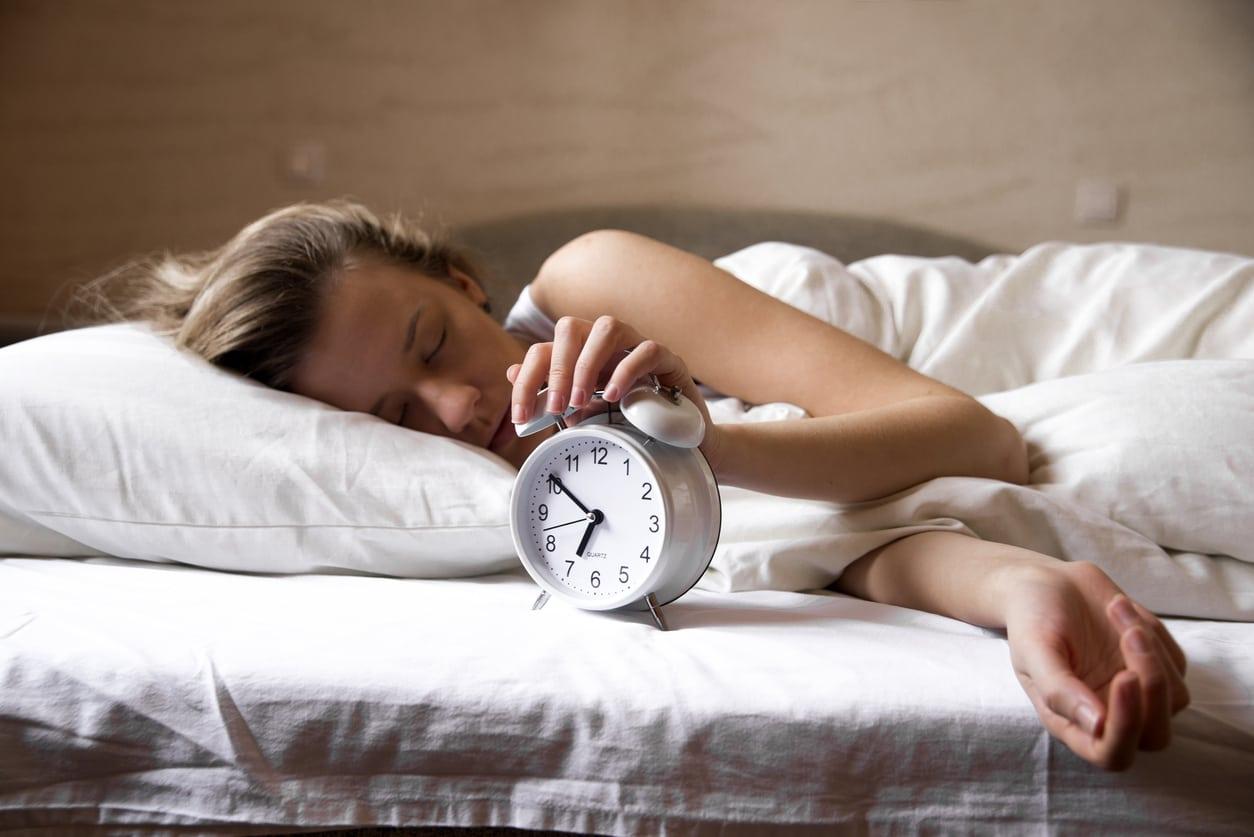By Sarah Laskey, PhD, Health R&D Scientist at 23andMe
We’ve seen the data, and it’s no surprise — a lot of people just don’t get enough sleep. So last September, 23andMe launched a Sleep Study to learn how lifestyle impacts sleep quality.
It sounds simple, but it was a big milestone for 23andMe Research. It was our first “interventional study.” This is the first time that 23andMe research participants changed something about their lifestyle and measured the impact. Participants who had reported trouble sleeping in the past made some lifestyle changes — like avoiding caffeine after noon, or exercising daily — and they recorded the impact of those changes on their sleep quality.
This was the first time we had asked 23andMe research participants to make lifestyle changes. We had no idea how closely they would follow the study plan. In the end, we were blown away by how many people made the Sleep Study a priority in their daily lives. Over 6,600 people enrolled in all! This blog post is dedicated to those participants. Without them, none of this would be possible.

Now, on to some Sleep Study results!
At the beginning of the study, participants chose up to three lifestyle changes they wanted to make. They had six options:
- Avoid caffeine after noon
- Exercise for at least ten minutes each day
- Avoid naps, especially naps longer than 15 minutes
- Set a consistent bedtime
- Avoid screen time (phone, computer, or TV) within 30 minutes of going to bed
- Spend ten minutes engaged in meditation or mindfulness practices within two hours of going to bed
Study participants spent two weeks recording their normal behavior in regular sleep diaries. This was followed by four weeks of lifestyle changes. We asked participants about their sleep quality (measured using the Pittsburgh Sleep Quality Index, a.k.a. PSQI) before the study and after it finished.
And… it worked!
Participants reported better sleep quality at the end of the study than they did at the beginning across the board. No matter which lifestyle change(s) people chose to make, their sleep quality improved. [1]

This chart shows the average sleep quality of participants who chose each lifestyle intervention. We used the Pittsburgh Sleep Quality Index (PSQI). Scores range from 0 to 21, and lower scores represent better sleep quality. Participants took the PSQI survey twice. Once before the Sleep Study started, and once after it finished.
That is great news. But of course, like most scientific studies, this one raised as many questions as it answered. While it looks like all of the lifestyle changes successfully improved sleep quality, we still can’t say for sure why sleep quality improved in every group.
In fact, maybe we should be surprised that all of the interventions worked so similarly.
What Worked
Remember, study participants recorded their behavior in sleep diaries, so we can tell which lifestyle behaviors people changed the most during the month-long study:

This chart shows the behavior recorded by study participants in their sleep diaries. For each plot, the green line shows the average behavior reported by participants who chose to make that lifestyle change, and the gray line shows average behavior of people who didn’t choose that lifestyle change. The first two weeks are shaded in light gray, and during that time there’s not much difference between the green and gray lines — those are the two “baseline” weeks when participants were asked to record their normal behavior, before making any lifestyle changes. [2]
From this chart, you can see that participants made the biggest change to their screen time before bed, while they made much smaller changes to their napping habits. This is probably because of differences in participants’ baseline lifestyle. This is because only about 10 percent of participants took naps on a normal day before the Sleep Study started, there wasn’t much room for improvement. On the other hand, over 80 percent of participants looked at screens within a half hour of bedtime at baseline. So people who chose to limit screen time during the Sleep Study ended up making a more dramatic lifestyle change, on average.
More Questions
But if limiting screen time was a more dramatic lifestyle change for most participants, and avoiding naps was relatively minor, how did both changes lead to similar improvements in overall sleep quality? Well, maybe small changes to napping habits can be as effective as big changes to screen exposure. Or maybe the lifestyle changes themselves weren’t the whole story. Maybe just paying close attention to your sleep hygiene is enough to improve your overall sleep quality over time.
We’ll have to do more research to find out for sure. So keep an eye out for more 23andMe interventional studies in the future — maybe even including Sleep Study 2.0. We’re just getting started.




